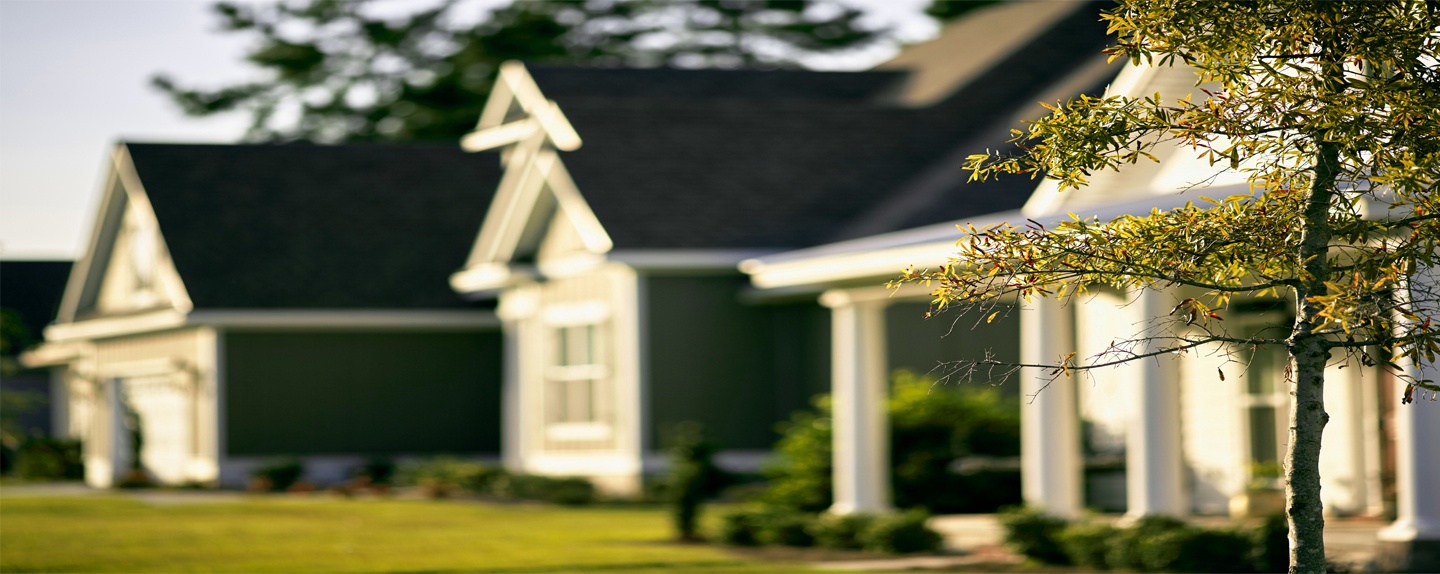There is no bad time or the “perfect” season to start treating your lawn in Massachusetts. The truth is, the sooner you start, the sooner you will see results. Waiting for the “right” season just puts you further behind from seeing results and giving your lawn the nutrients it needs to grow and be healthy.
Although there is no bad time to start lawn care, there are recommended times throughout the year that are considered better than others.
When To Treat Your Lawn
When consumers start thinking about lawn care, it is usually when spring begins. Although it is important to treat your lawn when temperatures start to rise, you want to be sure you do not start treating it to early.
Here in the North Shore, the temperature could change from 30 degrees to 50 degrees in one week, or we may not reach 50-degree weather until mid-April. With our unsure temperatures, it is hard to make a lawn care schedule of when to start fertilizing and when to stop each year because you just never know.
Summer is OK to begin lawn care even with the high temperatures and lack of water. Making sure you are mowing correctly and your lawn is getting enough water, will help keep it healthy throughout this season.
Believe it or not, the best time to start lawn care is in the fall because it is the best growing season. When you fertilize in the fall, there will still be some fertilizer leftover while the lawn is waking up next spring.
Fall Fertilizing
With cool-season grass, the fall is the most vital time to fertilize your lawn. Although many customers stop treating their lawn in the fall, you want to be sure you fertilize at this time.
You want to do your late fall fertilization (winterizer) while the ground is not yet frozen. Putting slow-release fertilizer down in the fall will stay active through early spring, which will help your lawn when it wakes up in the spring.
Lawn Care Tips
Before treating your lawn, you should know what kind of grass you have so that you can treat it appropriately. In the North Shore we have cool-season grass types. You will see a variety of Kentucky bluegrass, ryegrass, and fescue grass.
You want to be sure to read the label on the fertilizer bag correctly so that you know whether it is a slow-release or fast-release fertilizer. This is also why it is important to wait an adequate amount of time before you apply another treatment. If another treatment is applied to early, it has the potential of doing damage ("burning" the lawn).
Although applying the products correctly is an important part to lawn care, mowing and watering correctly is just as important. Make sure that you are watering your lawn correctly throughout the year, especially after products are applied. This will help water the product into the soil and give you the best results.
When you do mow your lawn, you want to keep your grass at around 3-3.5 inches during the spring and summer, while eventually mowing less frequently as temperatures decrease. As you get into late fall, you will want to gradually reduce the height of your mower over the last few mows of the season, ending at 1 1/2 to 2 inches high. This will help prevent a fungus from developing in the lawn called Snow Mold.
There is no bad time to start lawn care, but fall may be the best time of the year to start. You can do it yourself or a hire a company to do it for you.
If you're looking for more information on starting lawn care or are simply ready to speak with someone about your lawn care needs, go to www.GrassmasterPlus.com or call 978-769-3595 today!

